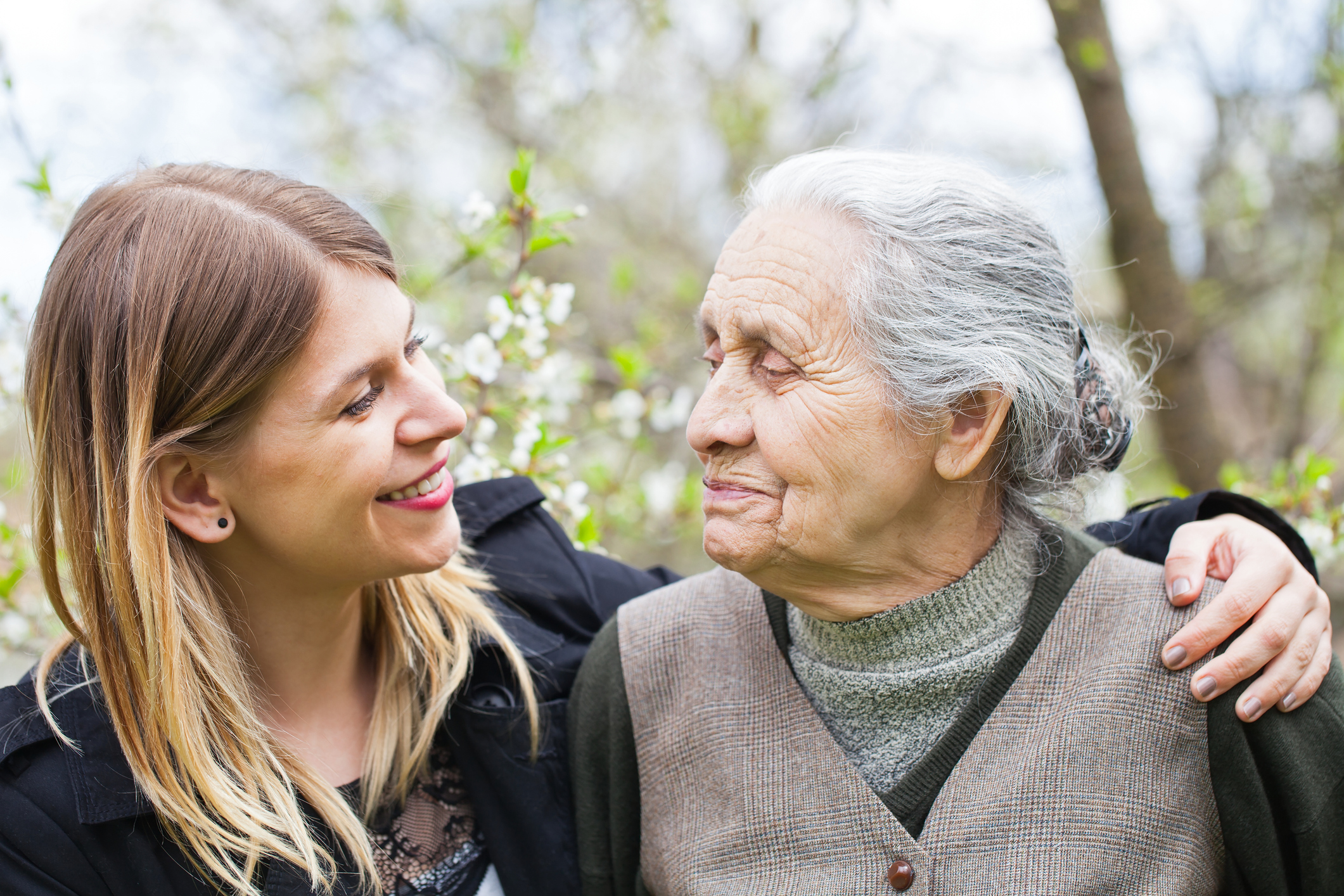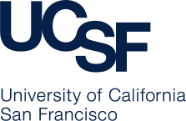Haga clic aquí para leer este boletín en español.
What is Community Engaged Research?
Community Engaged Research (CER) is a way to build authentic partnerships between academic researchers and community members. The goal is to design and conduct research studies that better reflect the needs, preferences, and priorities of communities. This approach can lessen health inequities and improve health outcomes for all community members.
Community is a broad term that could refer to a group of individuals with shared culture or ethnic heritage, language, geographic location, age group, health conditions, socioeconomic status, or religion.
One important focus of CER is to address barriers and motivators to research participation that different communities face, especially those that are historically under-included in research. This includes Black, Latina/o/x, Indigenous, and Asian communities, individuals with less than 4-year college degrees, and individuals from households with lower income and wealth.
 When conducting Community Engaged Research, researchers maintain an open dialogue with community stakeholders through the duration of a study. Participants and researchers work collaboratively to design the study, identify issues, and share key findings and research results.
When conducting Community Engaged Research, researchers maintain an open dialogue with community stakeholders through the duration of a study. Participants and researchers work collaboratively to design the study, identify issues, and share key findings and research results.
In CER, a spirit of co-learning, equity, inclusion, and cultural humility among study investigators and community members is at the forefront of the study design. Researchers and community members learn from each other and find ways to assure that the research is informed by and gives back to the communities it seeks to understand and serve.
Community Engaged Research in the Brain Health Registry
Brain Health Registry researchers are working to implement the CER approach in multiple projects, including the California Latino Brain Health Registry (CAL-BHR) initiative, and the Community Engaged Digital Alzheimer’s Research (CEDAR) study. CEDAR focuses on improving research participation of Black/African American BHR participants
The role of Community-Science Partnership Boards
In both the CAL-BHR and CEDAR projects, research is guided by Community-Science Partnership Boards. These boards meet on a regular basis to discuss results, challenges, and future plans. Board members are compensated for their time and contributions.
 CEDAR and CAL-BHR board members offer guidance on participant recruitment methods like social media posts and digital advertisements, helping ensure communications are culturally appropriate and clear.
CEDAR and CAL-BHR board members offer guidance on participant recruitment methods like social media posts and digital advertisements, helping ensure communications are culturally appropriate and clear.
They also provide insight regarding unique barriers and motivators by their community when choosing whether or not to participate in brain health research. Barriers include limited time for online questionnaires and test completion, as well as technical issues with computers or cellphones. Motivators include helping their communities and families.
Understanding these barriers and motivators can help community-engaged researchers design more inclusive and successful studies, while remaining conscious of participants’ time.
Many CEDAR and CAL-BHR board members have personal experiences with Alzheimer’s disease or other forms of dementia. Some have recently shared their experiences through video testimonials. These testimonials help raise awareness and spread knowledge of Alzheimer’s throughout the greater community.
 —
—
We are deeply grateful for everyone who has joined our studies and everyone who has served on our Community-Science Partnership Boards! Thank you for your invaluable contribution. We appreciate the many ways in which our participants help us learn and grow and advance brain health research for all.




